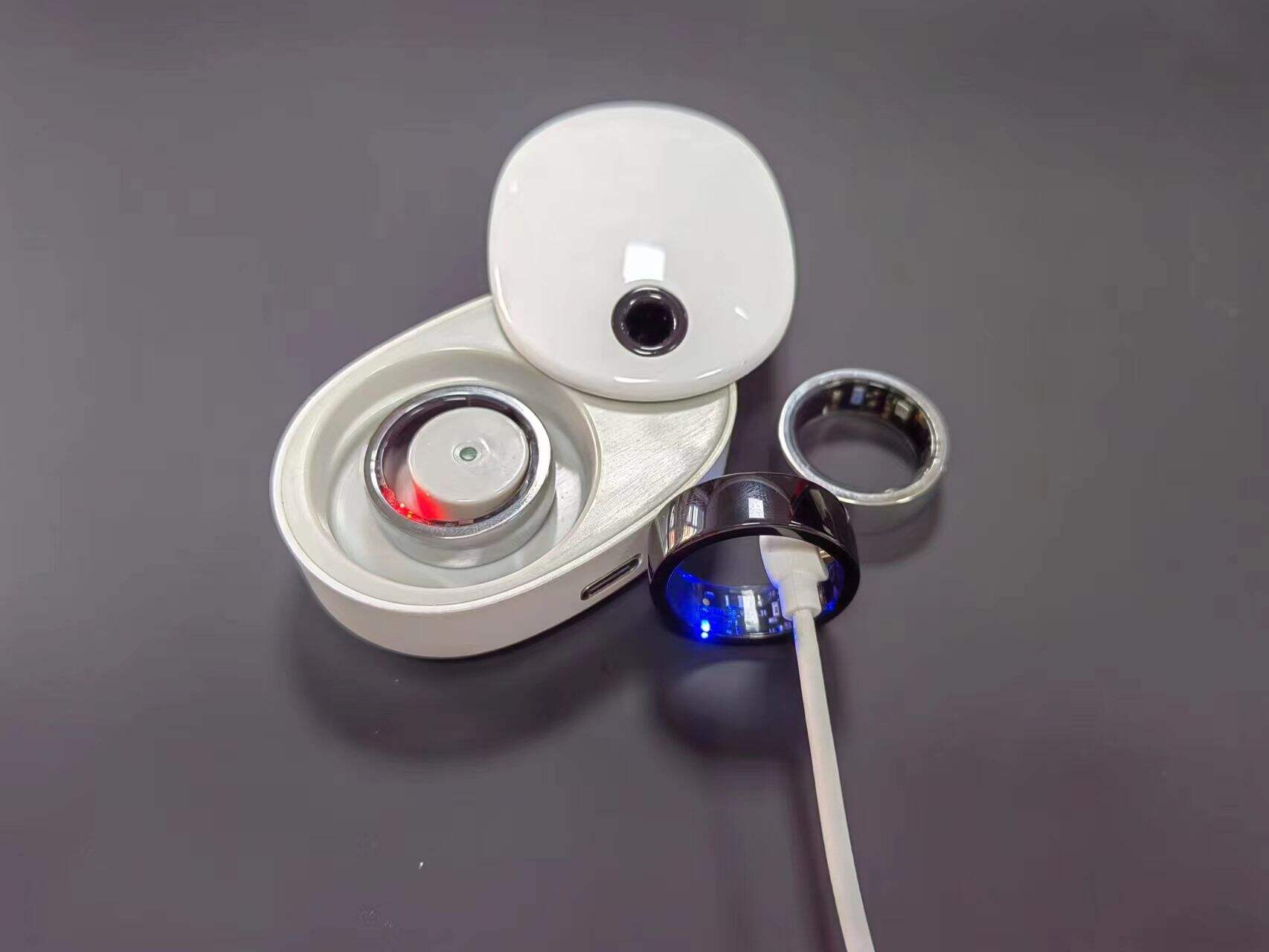Comparing Pogo Pins With Other Types Of Connectors
Connectors are one of the most important components in electronics because they make it easier to link up different devices. Pogo Pins have emerged as popular types of connectors in recent years because they have a unique design that offers several performance advantages over other connectors.
What is Pogo Pins?
Pogo pinscame into existence as spring-loaded pins and are retractable connections that include a cylindrical housing containing a spring and a conductive pin. When not engaged, the pin can be compressed into the housing, while forward pressure makes it extend outwards allowing for secure electric connection to be made. Such an aspect enhances adaptability of Pogo Pins making them suitable for various test environments and applications.
Comparison of Pogo Pins with Traditional Connectors
Sockets and Plugs
Sockets and plugs are basic types of connectors that are used in electronics. They require manual insertion which takes much time and may wear out after some period of use. On the other hand, pogo pins do not need manual intervention; therefore, it enables faster testing on high-speed lines.
Wire Wrapping
Wrapping wire involves winding fine wires around posts or pins for connections’ sake. Though it may seem easy, this procedure is highly prone to breakage plus unsuitable for highly vibrated areas. Conversely, while using pogo pins; vibration-proof features create more stable signals hence favorable to rough processes.
Soldering
This metal alloy bonding technique is permanent and done by melting together contact points on different electronic parts through soldering method that involves heat application thus creating strong mechanical adhesion forces between two objects joined with each other this way.While solder joins do provide a permanent bond on contact points between components, once applied, they can hardly be repaired or modified.Pogo pins offer an alternative solution without any damage that can happen when applying them onto components thereby enabling ease in disconnecting then reconnecting parts which is beneficial during prototypes/testing phases.
Surface-Mount Technology (SMT)
It is important to note that SMT connectors attached directly onto the board and are frequently used in printed circuit boards (PCBs). In spite of SMT’s space saving quality as well as a reliable joint, it requires expert knowledge and special tools to put together. A test fixture or jig with pogo pins can be used to quickly test SMT boards without direct soldering.
Advantages of Pogo Pins
Versatile:They can be utilized in different areas ranging from consumer electronics to industrial applications.
Reliable:This type of contact design guarantees consistent contact force while minimizing the possibility of misconnections occurring.
Durable:these products are able to stand up against many connections that might run into thousands, thereby they are ideal for multiple trials and repetitive uses over time.
Quick Connectivity:Manual insertion is unnecessary which saves time thus making it faster than conventional testing methods involved.
Non-Permanent:causing no damage to any parts during disconnection or whenever you need them connected back again in this case.
Pogo pins have numerous advantages over traditional connectors such as sockets, plugs, wire wrapping, soldering, and SMT boards. Their unique design which is spring-loaded allows for quick, secure and durable connection that have found widespread use in different branches of electronic industries. For example, if one was still in an experimental stage or was conducting some functional tests before the final assembling phase; then he/she could employ pogo pins instead which would reduce the amount of time required for connecting certain elements.
Hot News
-
Challenges for Pogo pin manufacturers in the AI era
2023-12-14
-
Teach you how to understand Pogo pin spline structure
2023-12-14
-
What products can Pogo pin be used in?
2023-12-14
-
How to choose Pogo pin connector
2023-12-14

 EN
EN
 AR
AR
 BG
BG
 HR
HR
 CS
CS
 DA
DA
 NL
NL
 FI
FI
 FR
FR
 DE
DE
 EL
EL
 HI
HI
 IT
IT
 JA
JA
 KO
KO
 PL
PL
 PT
PT
 RU
RU
 ES
ES
 SV
SV
 TL
TL
 IW
IW
 ID
ID
 LV
LV
 SR
SR
 UK
UK
 VI
VI
 GL
GL
 HU
HU
 TH
TH
 TR
TR
 AF
AF
 MS
MS
 SW
SW
 GA
GA
 CY
CY
 IS
IS
 BN
BN
 BS
BS
 NE
NE





